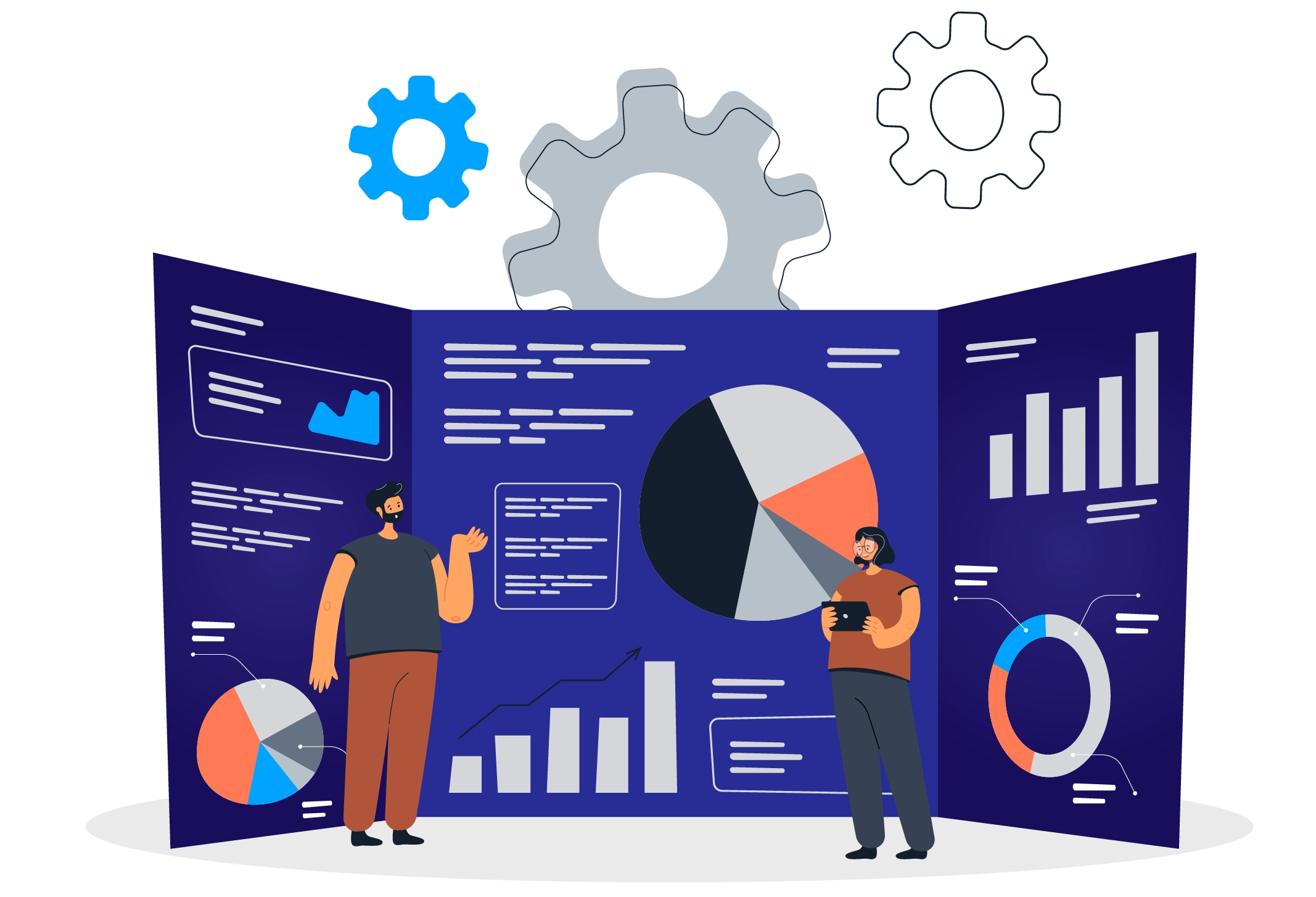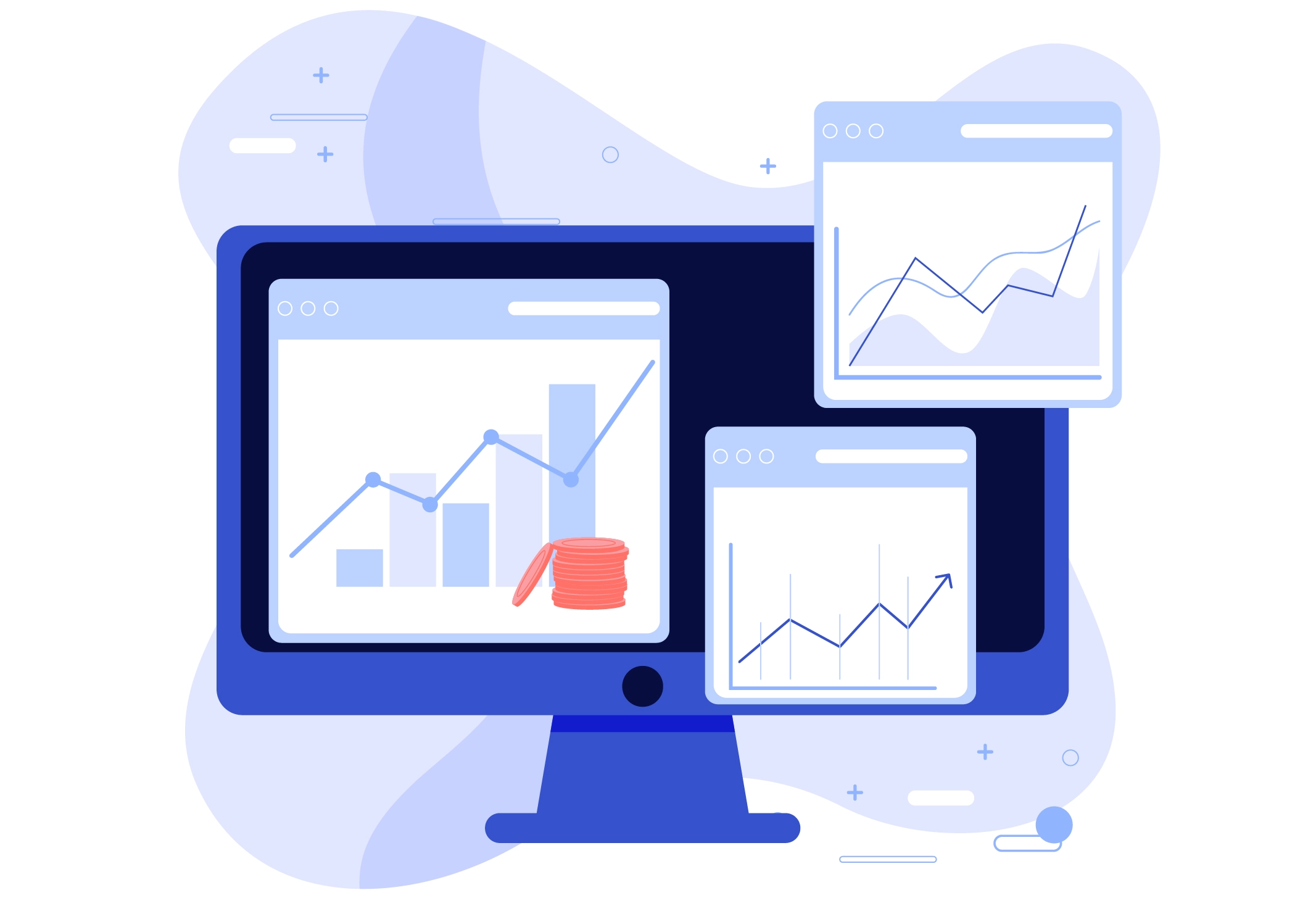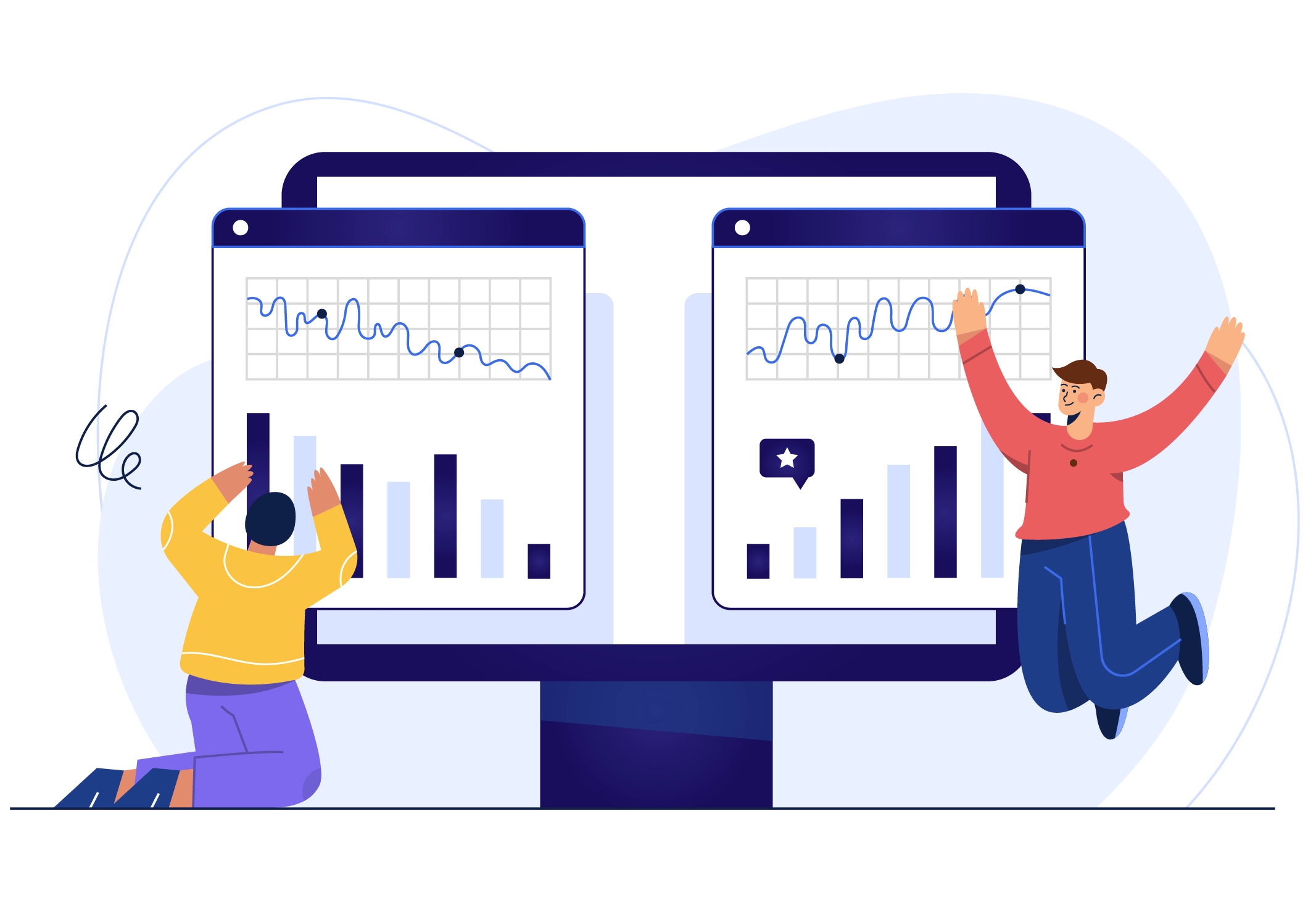Transforming Business Insights in the Modern Data Landscape with Augmented Analytics
Augmented analytics is a paradigm change in the field of modern business that is changing the way companies extract insights from their data. To improve data discovery, exploration, and interpretation, augmented analytics essentially refers to the integration of cutting-edge technologies like machine learning, natural language processing, and artificial intelligence into the analytics process.

It is impossible to exaggerate the significance of augmented analytics in contemporary business. In a world of abundant and complex data, traditional analytics techniques frequently fail to deliver timely and useful insights. This problem is addressed by augmented analytics, which automates repetitive processes, finds hidden patterns, and provides decision-makers with contextually relevant insights.
By granting more people in businesses access to analytics skills, augmented analytics goes beyond the constraints of conventional data science methodologies. Augmented analytics platforms with their user-friendly tools and intuitive interfaces enable business users with different degrees of technical expertise to leverage data and make well-informed decisions.
It’s critical to comprehend how augmented analytics relates to data science and traditional analytics to fully grasp its significance. Traditional analytics usually uses pre-written queries and static reports to evaluate historical data, whereas data science covers a wide range of approaches and strategies for drawing conclusions and understanding from data. By utilizing automation and machine learning algorithms to enhance human intelligence and optimize the analytics process, augmented analytics expands upon these foundations.
A new era of data-driven decision-making is being ushered in by the emergence of augmented analytics, which enables businesses to maximize the value of their data assets and obtain a competitive advantage in the fast-paced business environment of today. Adopting augmented analytics is a strategic necessity for success as companies negotiate the complexity of the current data world.
Components, Technologies, and Contrasts; Deciphering Augmented Analytics
Gaining an understanding of augmented analytics entails investigating its fundamental ideas, examining the essential elements and technology that propel its application, and contrasting it with conventional data analytics methodologies. Using cutting-edge technology like automation, natural language processing, and machine learning to improve the analytics process, augmented data analytics is a revolutionary approach to data analysis. The premise that augmented analytics enhances human intelligence with machine-driven insights and makes it possible for users to extract actionable insights from complicated data sets more correctly and effectively than ever before is covered in this exposition.

Advanced algorithms, data visualization software, and natural language interfaces are some of the main elements and technologies that support augmented analytics. Together, these elements enable data preparation automation, reveal latent patterns and trends, and deliver insights in a way that is clear and understandable to users throughout the company. Augmented analytics solutions enable users to make confident, flexible decisions based on data by leveraging the capabilities of these technologies.
Augmented analytics, in comparison to standard data analytics techniques, signifies a shift away from static, query-based analysis and toward more dynamic and proactive insights development. Augmented analytics uses machine learning algorithms to automatically analyze data, find correlations, and produce insights without explicit human interaction, in contrast to standard analytics methods that call for users to create particular queries and hypotheses. The transformational potential of augmented analytics in simplifying the analytics process, democratizing access to insights, and facilitating data-driven decision-making at scale is highlighted by this contrast.
Comprehending augmented analytics requires knowing its core ideas, investigating the essential elements and technology that propel its application, and appreciating how it differs from conventional data analytics methodologies. By understanding the nuances of augmented analytics, companies may fully utilize its transformative ability to maximize the value of their data assets and obtain a competitive advantage in the data-driven business environment of today.
Enhancing Decision-Making, Data Accessibility, and Predictive Analytics
The use of augmented data analytics is changing how corporate insights are obtained and improving predictive analytics, data accessibility, and decision-making processes. Decision-making procedures are improved by augmented analytics, which offers useful insights from intricate data sets. Augmented analytics platforms automate data preparation and analysis by utilizing cutting-edge algorithms and machine learning approaches, giving decision-makers access to timely and pertinent insights. Decision-making is streamlined by this automation, which also lessens the need for human data processing and gives stakeholders the confidence and speed to make well-informed judgments.

By making data more readable and accessible, augmented analytics democratizes access to insights for all members of the business. To query databases and comprehend results, traditional analytics methods frequently call for specific technical capabilities. On the other hand, individuals with different technical backgrounds can easily interact with data thanks to the intuitive interfaces and visualization capabilities provided by augmented analytics platforms. This accessibility encourages a culture of openness and cooperation by facilitating data-driven decision-making at all organizational levels.
Prescriptive and predictive analytics are made easier by augmented analytics, which helps businesses foresee future trends and proactively improve business procedures. Augmented analytics algorithms can create predictive models that predict outcomes and suggest the best course of action by examining past data and finding trends. Businesses may reduce risks, take advantage of opportunities, and keep up with market fluctuations with the help of this capacity.
The influence of enhanced analytics on business insights is extensive and diverse. Augmented analytics helps firms to fully utilize their data assets and spur innovation and expansion in the current competitive environment by streamlining decision-making procedures, facilitating predictive analytics, and improving data accessibility and interpretability. Businesses will discover new avenues for operational effectiveness, strategic flexibility, and customer-focused innovation as long as they continue to adopt augmented analytics.
Transforming Industries Through Healthcare, Finance, and Marketing
Healthcare, banking, and marketing are just a few of the industries that augmented analytics is transforming thanks to its use of cutting-edge technologies that produce useful insights and spur creativity. Augmented analytics is essential to patient care and medical research in the healthcare industry. Augmented analytics helps medical personnel spot patterns, anticipate disease outbreaks, and customize treatment regimens by evaluating enormous volumes of medical data, including genetic data, clinical trial results, and patient records. This enables healthcare institutions to enhance patient outcomes, maximize the use of available resources, and progress medical science.
Decision-making and risk management in the financial services sector are being revolutionized by augmented analytics. Financial institutions can detect fraudulent activity, identify and reduce risks, and optimize investment plans with the use of augmented analytics platforms that analyze market data, consumer behavior, and transaction patterns. Companies can increase returns on investment, protect assets, and improve regulatory compliance as a result.
Augmented analytics is redefining how companies understand and interact with their customers in the fields of marketing and customer relationship management (CRM). With augmented analytics, marketers may predict buying behaviors, segment audiences, and personalize communications by evaluating customer data from many touchpoints, such as social media, website interactions, and sales transactions. This enables companies to better client experiences, launch focused marketing efforts, and boost revenue.
Because augmented analytics can produce practical insights from large data sets, it is transforming industries including marketing, banking, and healthcare. In today’s competitive world, organizations may drive innovation and growth by leveraging the power of sophisticated technology to streamline operations, manage risks, and capitalize on new opportunities. With augmented analytics becoming more widely used, it will surely change how companies function and thrive in the digital world.
Addressing Data Security, Integration, and Skills Training Challenges with Augmented Analytics
Even though augmented analytics has revolutionary potential, there are several implementation-related obstacles that businesses must successfully overcome. Security and privacy issues with data are major considerations. Large volumes of sensitive data must be handled when using augmented analytics, which raises concerns about compliance, confidentiality, and the possibility of data breaches. Encryption, access controls, and frequent audits are examples of strong security measures that organizations must put in place to prevent unwanted access and reduce potential privacy threats.
A major problem is integrating augmented analytics with current technology and systems. Numerous businesses run in intricate IT infrastructures with a variety of analytics tools, legacy systems, and data sources. Careful planning, compatibility evaluations, and maybe bespoke development are necessary to achieve a seamless interface and guarantee that augmented analytics platforms can efficiently utilize current infrastructure and data assets.
It is essential to address the training and skill requirements for staff. Advanced technologies like machine learning and natural language processing are used in augmented analytics, which calls for specific knowledge of augmented data science, statistics, and programming. Organizations must allocate resources towards training efforts, upskilling programs, and talent acquisition tactics to develop a workforce that can effectively utilize augmented analytics platforms and provide commercial value.
Organizations that want to implement augmented analytics must overcome obstacles with data protection, integration, and skill development. Through the proactive resolution of these obstacles, companies may unleash the revolutionary power of augmented analytics, extract actionable insights from their data, and foster innovation and expansion in the current competitive environment.
Augmented Analytic’s Benefits and Call to Action for Businesses with Pattem Digital
Significant advantages of augmented analytics include better decision-making, more accessible data, and predictive analytics capabilities. Prospects for augmented analytics appear bright due to continuous progress in machine learning and data processing technology. For better business insights and a competitive edge, we implore companies to use augmented analytics. By collaborating with Pattem Digital, organizations can make use of the best solutions and knowledge of data science services, enabling them to fully utilize augmented analytics for game-changing results.





